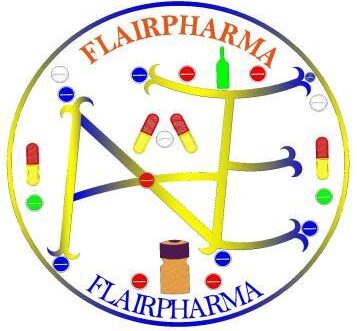#1. What is the main goal of Installation Qualification?
#2. Which document is essential for IQ execution?
#3. IQ should be completed:
#4. IQ confirms which of the following?
#5. Which items are typically verified during IQ?
#6. What type of drawings are essential for IQ?
#7. What is NOT commonly checked during IQ?
#8. In the V-Model, IQ corresponds to which phase?
#9. Who is responsible for reviewing IQ protocols?
#10. When an instrument is installed, what must be verified?
#11. IQ ensures installation is consistent with:
#12. IQ checks system security features. (True/False)
#13. What is not part of IQ records?
#14. Which section lists required spare parts in IQ?
#15. In a risk-based approach, IQ focuses on:
#16. Which document verifies equipment acceptance during installation?
#17. What must happen if an IQ deviation occurs?
#18. IQ is documented proof that __________ is installed correctly.
#19. IQ is not needed if equipment was previously qualified. (True/False)
#20. Who must approve IQ completion?
#21. IQ must comply with which regulation?
#22. What is the first action in IQ?
#23. Q is typically associated with:
#24. What must be attached to the IQ protocol?
#25. Which should NOT be installed during IQ unless verified?
#26. If a calibration certificate is missing during IQ, what should you do?
#27. IQ activities can be outsourced to vendors. (True/False)
#28. What indicates a successful IQ?
#29. What labels are checked during IQ?
#30. What is the final step in IQ?
#31. IQ verifies __________ integrity.
#32. Which tool verifies torque during IQ?
#33. What is a key input for preparing IQ?
#34. Which must be cross-verified during IQ?
#35. Who signs off on IQ completion?
#36. IQ may include verifying which of the following?
#37. Which deviation must be recorded during IQ?
#38. If utilities don’t match specifications, you must:
#39. What is typically OUT of IQ scope?






